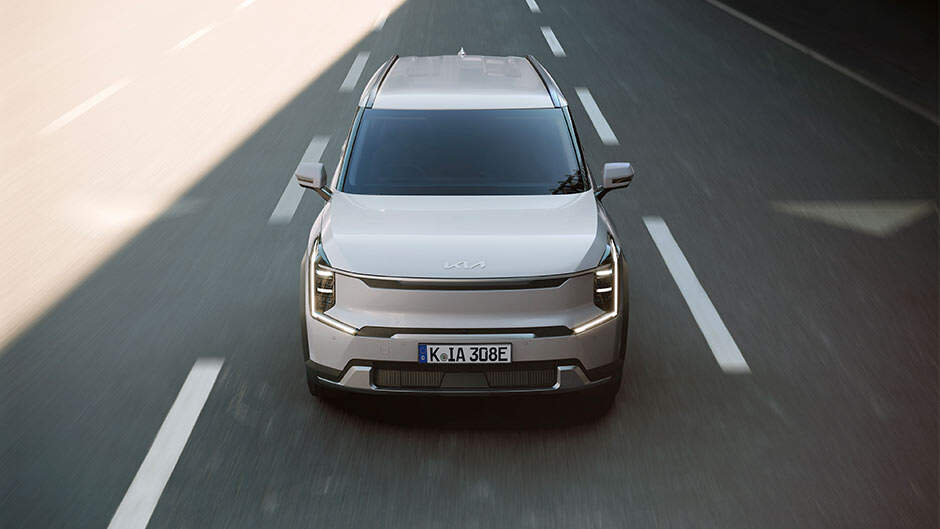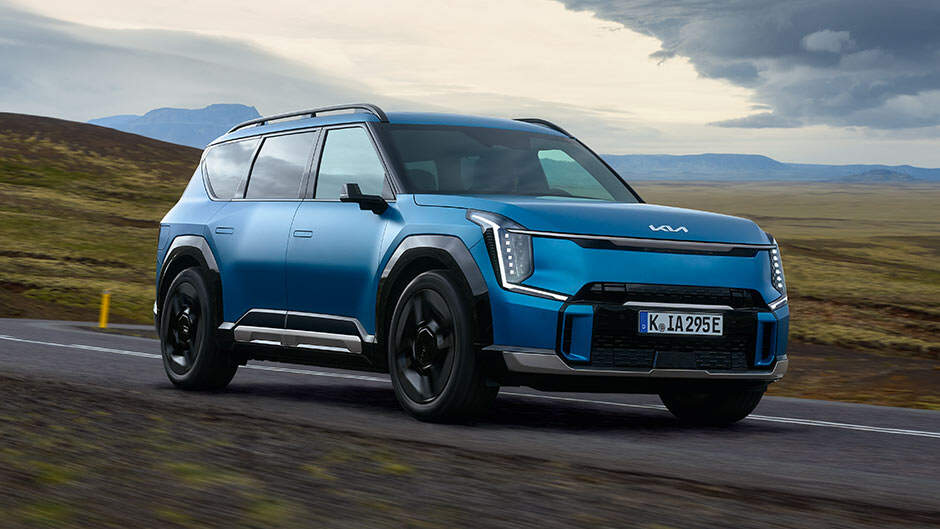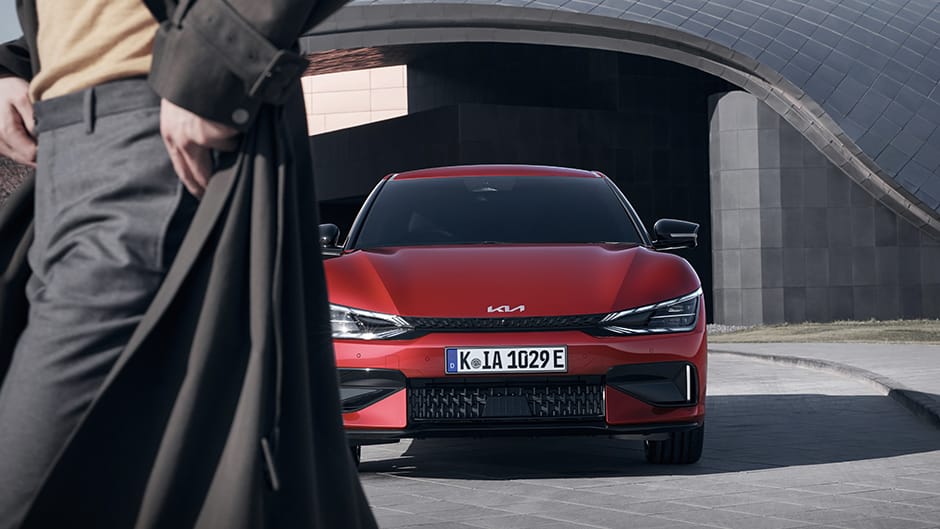Driving at Night: A Comprehensive Guide

Driving at Night: A Comprehensive Guide
As winter rolls round again, we’re greeted with colder temperatures and those dreaded longer nights. But having more hours of darkness doesn’t just make for a tougher wake up call, it also means many of us are having to do our everyday driving in the dark.
Whether you’re navigating dark, unlit country roads or driving at night on a motorway, being aware of nighttime driving safety precautions is essential. In this comprehensive guide, we’ll break down how to use car headlights correctly at night and provide our expert tips for mastering night driving.
_940x529.jpg)
What lights should I use when driving at night?
One of the most important things about driving your car safely at night is knowing how and when to use your lights.
• Dipped headlights – Dipped headlights are the car lights you’ll use most commonly at night and are tilted to towards the ground, so they don’t dazzle other drivers. You should put these on as soon as it starts to get a little dark or dusky, even if you feel like you can see well enough without them. Headlights don’t just aid how well you can see; they also make a considerable difference to how visible you are to other road users. As a general rule, it’s best to put them on at least on hour before sunset.
• Full beam headlights – You should only use full beam on long stretches of unlit roads at night. If you see another car (oncoming or ahead of you) turn your full beam headlights off immediately to avoid dazzling them.
• Fog lights – Fog lights are designed to aid visibility when driving in foggy weather. You should only turn your fog lights on when visibility is severely reduced, as they can dazzle other drivers and obscure your brake lights.
•
It’s illegal to drive at night without functioning car lights, so you should regularly check for any bulbs that need replacing.

Expert tips for night driving
Beyond how and when to use your car lights, there are several other guidelines to follow to keep safe on the roads when driving at night:
• Regularly check your car – Carrying out regular checks and general maintenance on your car should be a priority. In the winter months, when driving in the dark and adverse weather is unavoidable, you should regularly check your car lights and brakes.
• Keep windows and windscreen clean – When driving late at night, the main challenge is reduced visibility. Keep your windows and windscreens clean to maintain as clear a line of vision as possible.
• Always use your car lights – As we’ve mentioned, using lights when driving at night is essential and a legal requirement. Follow our guidelines above for using dipped headlights, full beams and fog lights when necessary.
• Take extra care when overtaking – When overtaking a car at night, you must make sure you indicate what you plan to do in plenty of time before you make your move. Manoeuvre around the car ahead, leaving plenty of space, and making sure to use dipped headlights and not full beams.
• Be aware of your speed – When night driving with fewer cars around, it can be easy to speed up without noticing. Keep an eye on your speedometer, particularly when driving on motorways at night, and always obey the speed limits.
• Never get behind the wheel when tired – Driving when tired leads to reduced concentration and slower reaction times, which could cause an accident. Never get behind the wheel if you’re feeling tired or drowsy. If you feel tired while driving, find a safe place to pull over and have a nap, or buy yourself a coffee and have a walk around before getting back in the car.
• Be extra vigilant – It goes without saying that pedestrians or animals on the roads are harder to spot at night. Be extra aware of potential hazards, especially when driving through residential areas in the dark.

Expert night time driving with Kia
Driving in the dark is often inevitable, and we want to ensure our Kia family members always feel safe and secure when navigating roads at night. That’s why we build our cars to provide optimum safety, comfort and performance in all conditions, including at night.
Our Kia cars are bursting with driving assistance technologies
designed to make you feel confident behind the wheel, especially when facing challenging conditions.
Most of our Kia range comes with Beam Assist, our smart lighting solution that automatically adapts to your environment. High Beam Assist uses sensor technology to switch between low and high beam headlights, depending on your surroundings. By detecting lights on oncoming vehicles, High Beam Assist provides optimal visibility without dazzling other drivers.
Other comfort features that help guarantee comfortable night drives include heated seats and, for certain models, a heated steering wheel. Drivers can also enjoy advanced navigation and live traffic information with Kia Connect.
Get ready for night time driving this winter season and explore the Kia new car
range, including our award-winning electric cars,
today.

Images shown are for illustration purposes only and may not be to full UK specification. Features shown are not standard across the Kia model range and availability will vary dependant on model. For further details please refer to the individual model specification sheets.
Product availability varies by models. To find out which products are available for your vehicle, please contact your Kia dealer.

